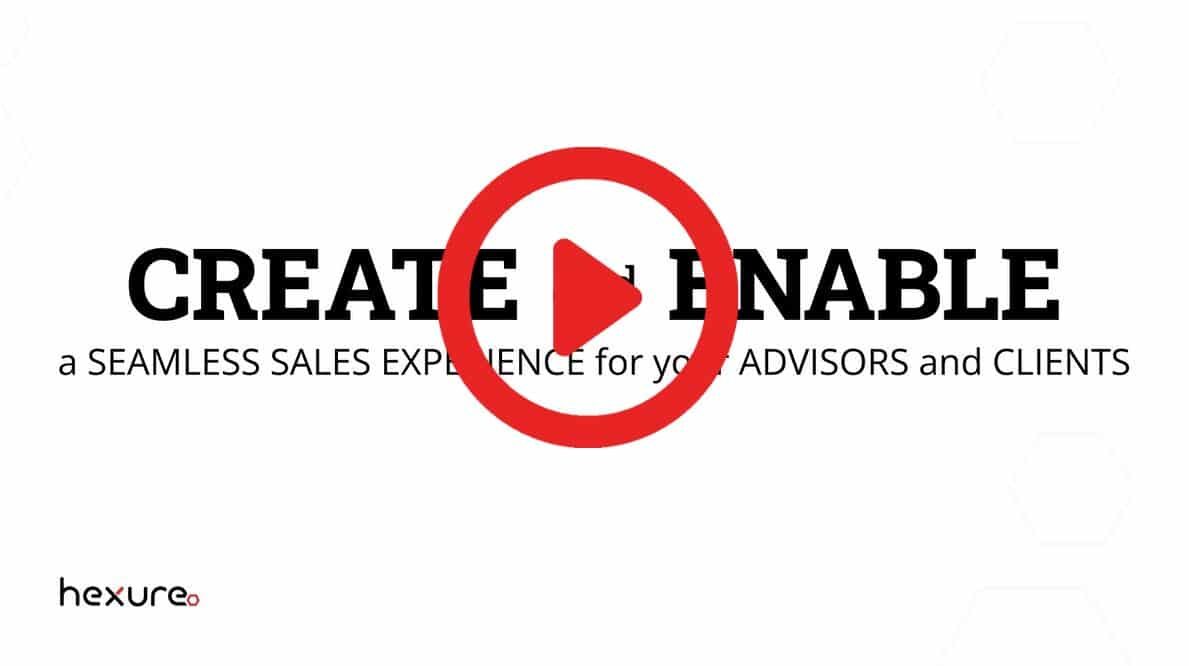For years, carriers have had access to fully customizable illustration solutions— made-to-order systems with robust capabilities.
Recently, hyper-simplified illustration solutions have come to market. Though attractive on the surface, many of these tools proved to be less than useful. Some lacked functionality. Others haven’t delivered the needed performance.
Today, the game has changed. A third option has arrived.
Some established vendors now offer configurable illustration systems. Solutions that are less customizable but offer new advantages.
Carriers still get feature and functionality options but in a configurable solution rather than a custom one.
Though they offer unique benefits, configurable solutions are not for everyone. For many carriers, a fully customized illustration tool is necessary to conduct business the way they need to.
Looking Under the Hood
Fully customized solutions are built-to-order. The carrier and vendor go through a full specification process, and the vendor modifies the code base to the unique specifications of the carrier.
Configurable solutions are implemented differently. Think of it as ordering from a menu rather than writing the recipe. Carriers choose from among a set number of feature options. The vendor uses these inputs to configure the solution.
That is the key difference between a configurable solution and one of the lighter, simplified solutions. The configurable solution looks like the robust, customizable one under the hood. It still has powerful functionality. You just don’t get the option for the spoiler and the heated seats.
Configurable versions of robust solutions are an exciting step forward in insurance technology, but it is also uncharted territory. You need to be informed to choose wisely. How do you decide whether configurable or fully customized is right for you?
Breaking Things Down
To make that decision, consider the following:
Cost
Unsurprisingly, configurable solutions require less of an investment.
For a custom solution, you typically pay time and materials for implementation. This cost can fluctuate depending on the number of products you include and the level of customization. After implementation, you pay an ongoing license fee.
Configurable solutions are attractive if you are on a tight budget. The costs are more predictable, and the vendor may offer a subscription model.
Implementation Time
Your timeline may dictate what type of solution you prefer. Implementing a fully customized system can take anywhere from three to 18 months, depending on the number of products.
The vendor needs this time to build custom code for the desired features and functionality.
Configurable solutions are simpler and faster to implement. You choose from a series of predefined options. The vendor has a baseline to build from and can stand up your solution in as little as four to six weeks.
Custom Calculations
With a configurable solution, the vendor does not rewrite calculations for your products. You choose from among prespecified options.
If you need custom calculations, you will want a fully customizable solution. The implementation process will be longer and more complex. But, at the end of the day, you have the exact calculations you need.
Product Complexity
Configurable solutions support a more limited portfolio of products. Vendors align product options with the industry’s most common product types. This can be limiting for some carriers. If your products are complex, you will want to investigate fully customized solutions.
However, if you offer the most common product types, a configured solution likely has you covered. According to LIMRA, fixed annuities accounted for nearly two-thirds of individual annuity sales in the U.S. in 2022. Configurable solutions that support these products will meet the needs of many carriers.
User Interface (UI)
You have limited control over UI in a configurable system, but you should have some branding options, such as whether to hide or display certain information or customize labels.
A fully customizable solution allows more thorough branding and custom workflow options. You can customize case and contact management, as well as manage custom integrations.
In general, if you have diverse user groups, you will want to find a fully customizable solution to get the UI control you need. However, if you need limited branding and workflow control, a configurable system may work for you.
Output
Certain levels of output flexibility require a customizable illustration solution. You may want to include marketing pieces, additional product information or information about your company, such as ratings or company history.
Configurable solutions often require the carrier to accept the vendor’s standard output. This will include the most common output needs in the industry. Depending on the vendor, a solution’s output might be compliant with state and federal regulations out of the box.
Integrations
A customizable solution will manage custom integrations for carriers who need them. This may include your business acquisition system, admin system or a proprietary customer relationship management (CRM) system.
Standard integrations, such as Salesforce, may be enough for many carriers. If you have straightforward products and sales processes, this might be you. Those with an independent sales force are also less likely to need custom integrations.
Solid Options
Fully customizable illustration solutions are powerful. They offer the control many carriers need. For others, configurable systems provide the right balance between flexibility and investment.
In either case, you should choose a solution and vendor you trust. Simplified illustration tools promise a quick fix. However, you can get many of the same benefits, including cost savings and faster implementation, in a configurable solution from an established vendor.
Illustration technology has given carriers more options than ever. This is a good thing. It just requires a little work to understand the advantages of every solution. Put in the research, and you will find the system that adds the greatest value to your business.
Article by Tracy McGurran, CLU, ChFC, Head of Product Illustrations, Hexure
This article was first published on LIMRA MarketFacts (August 2022).




